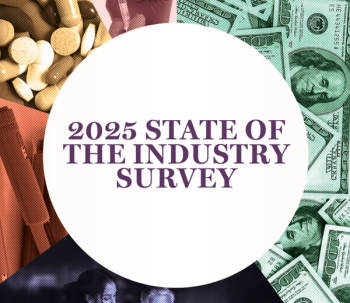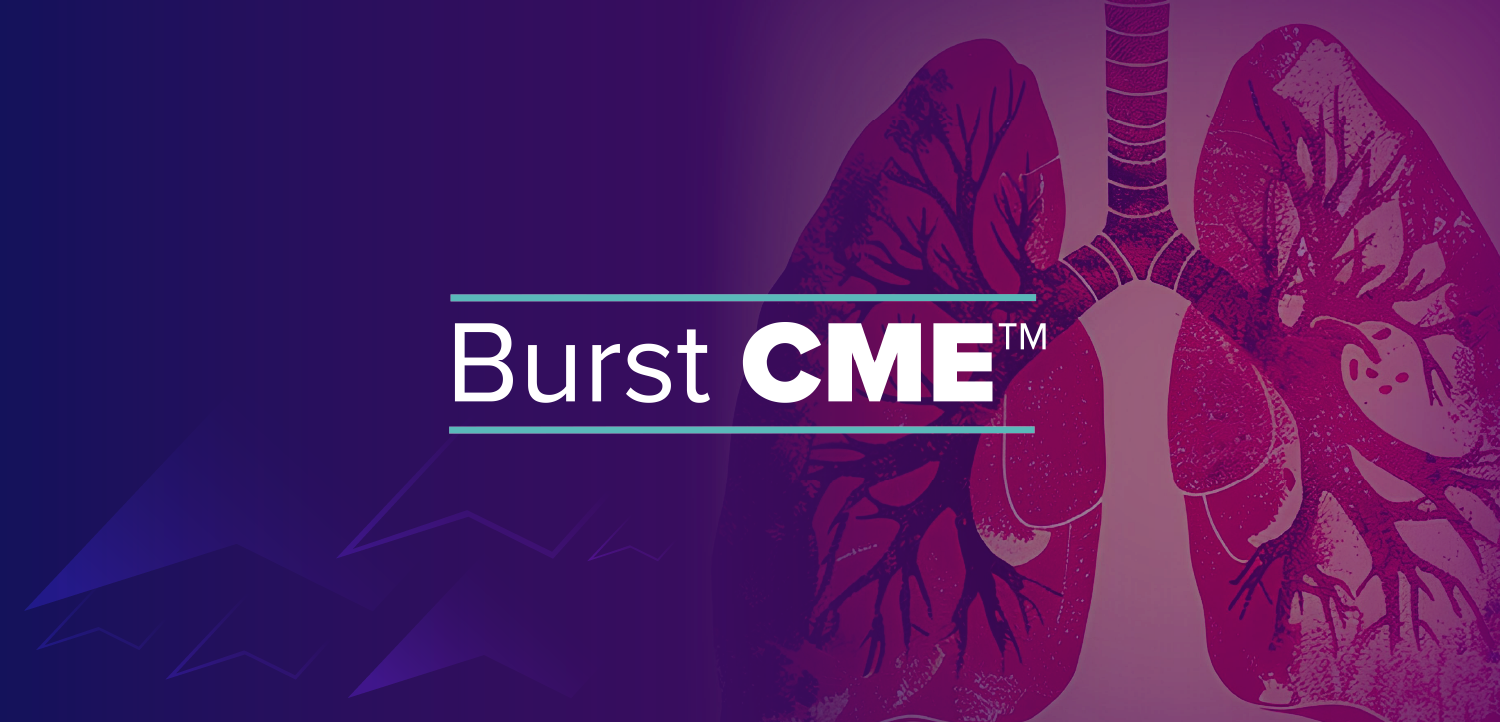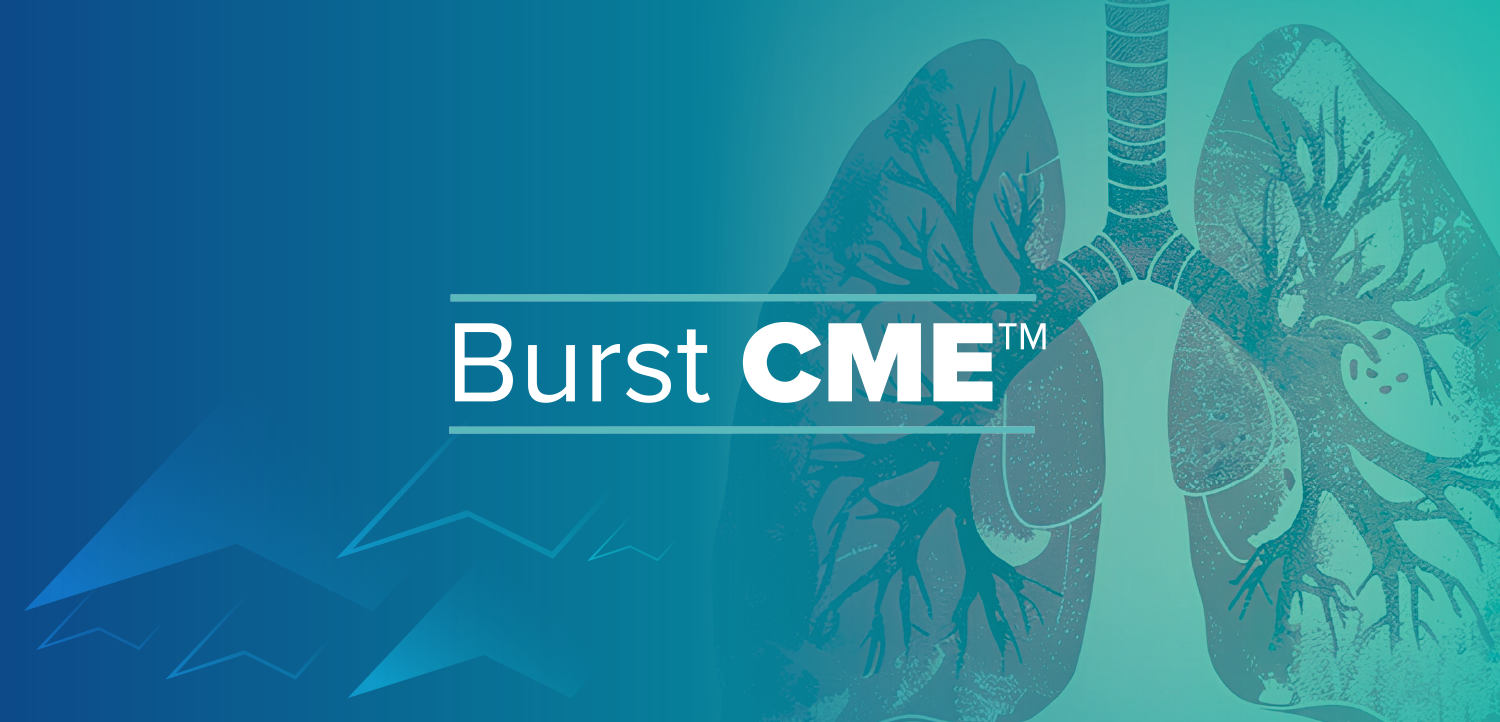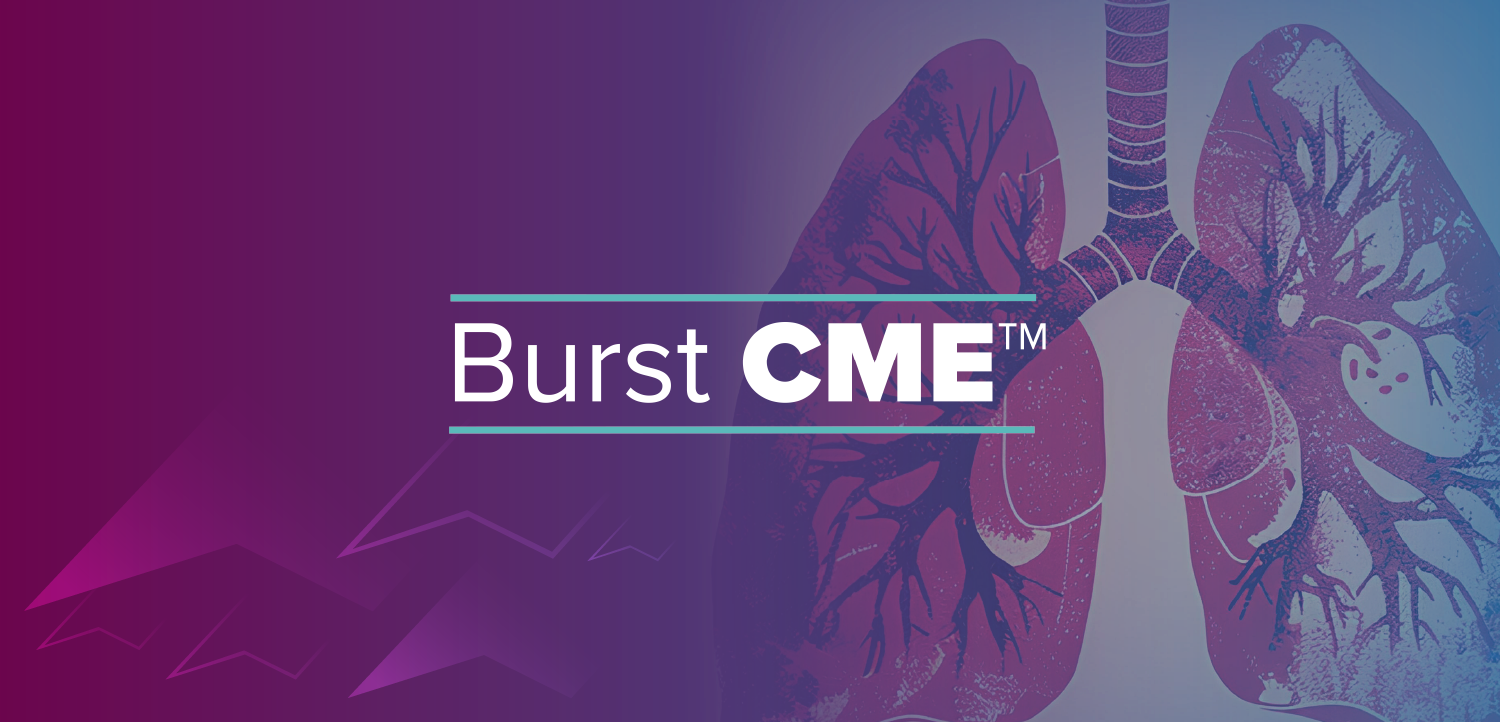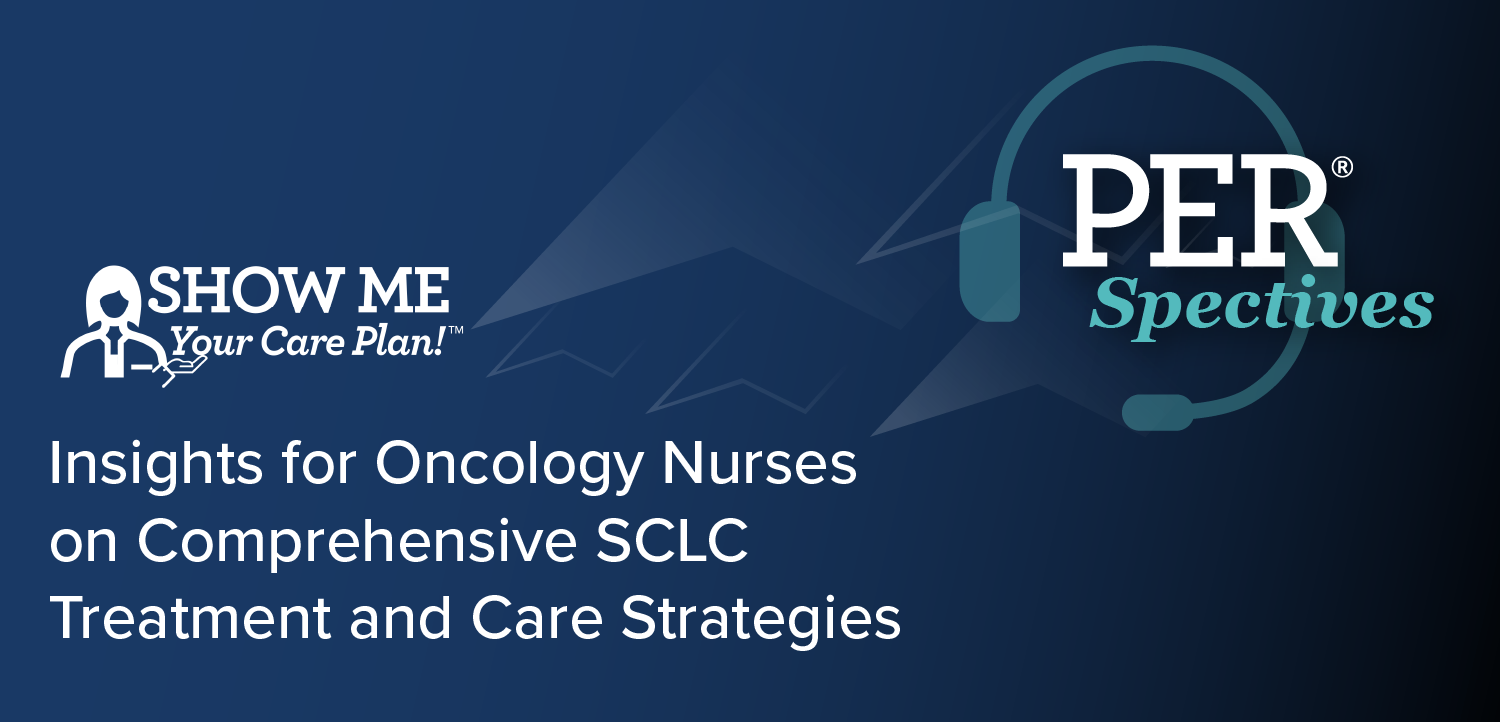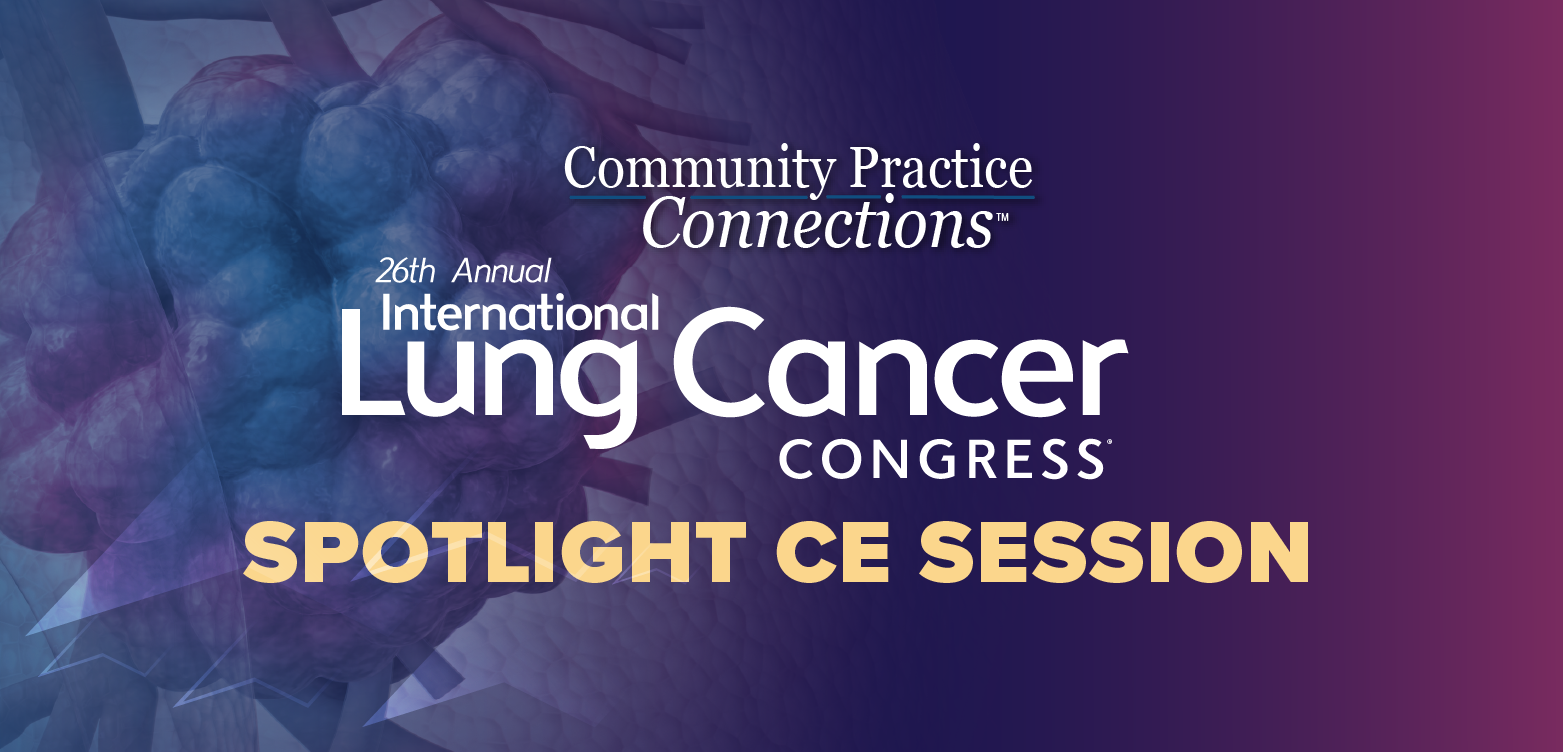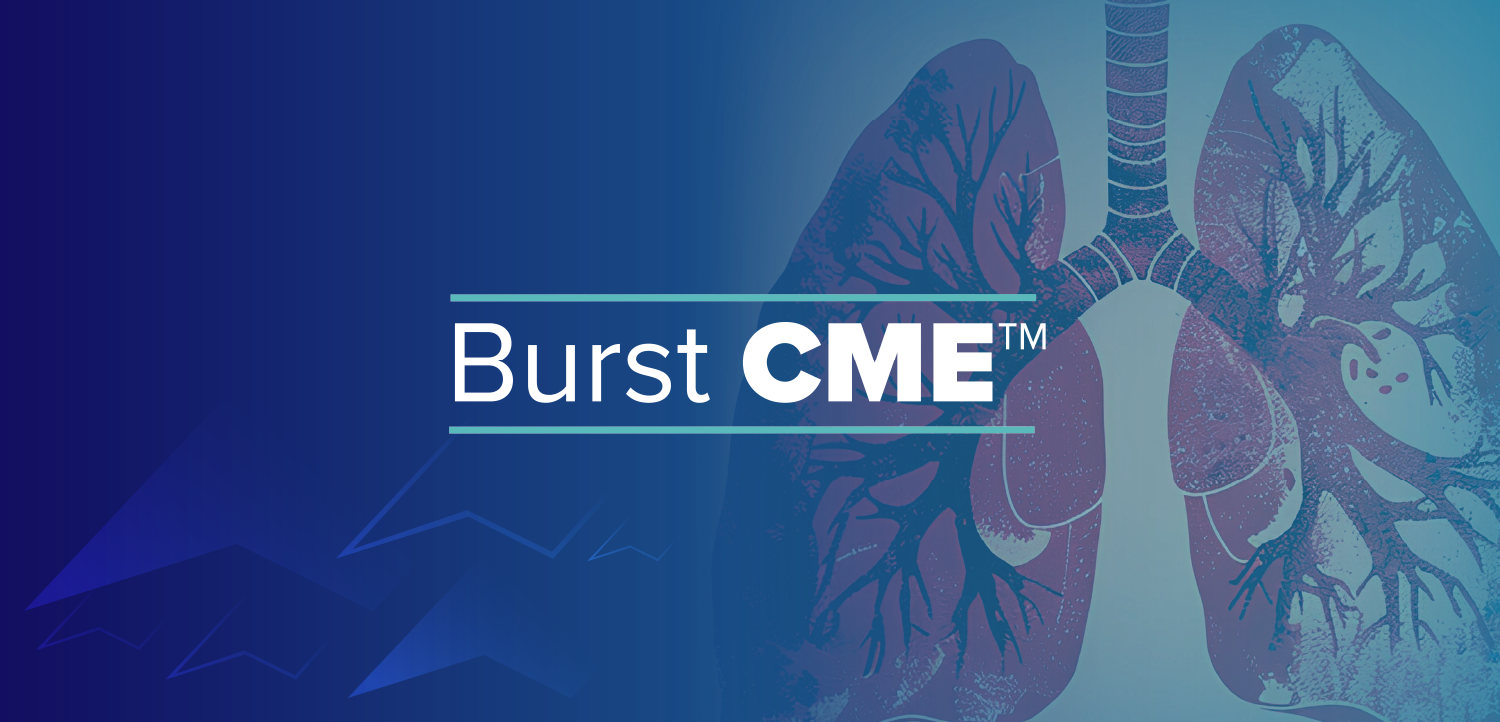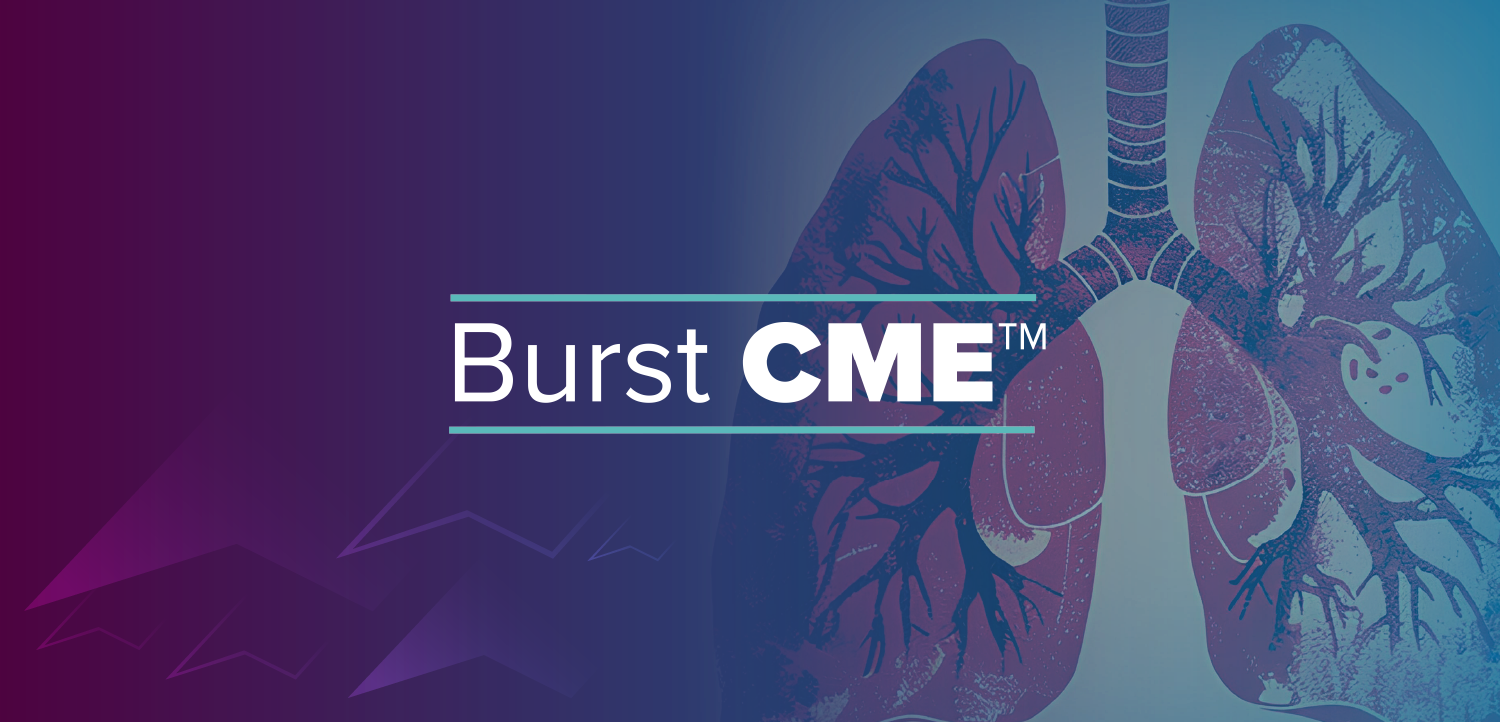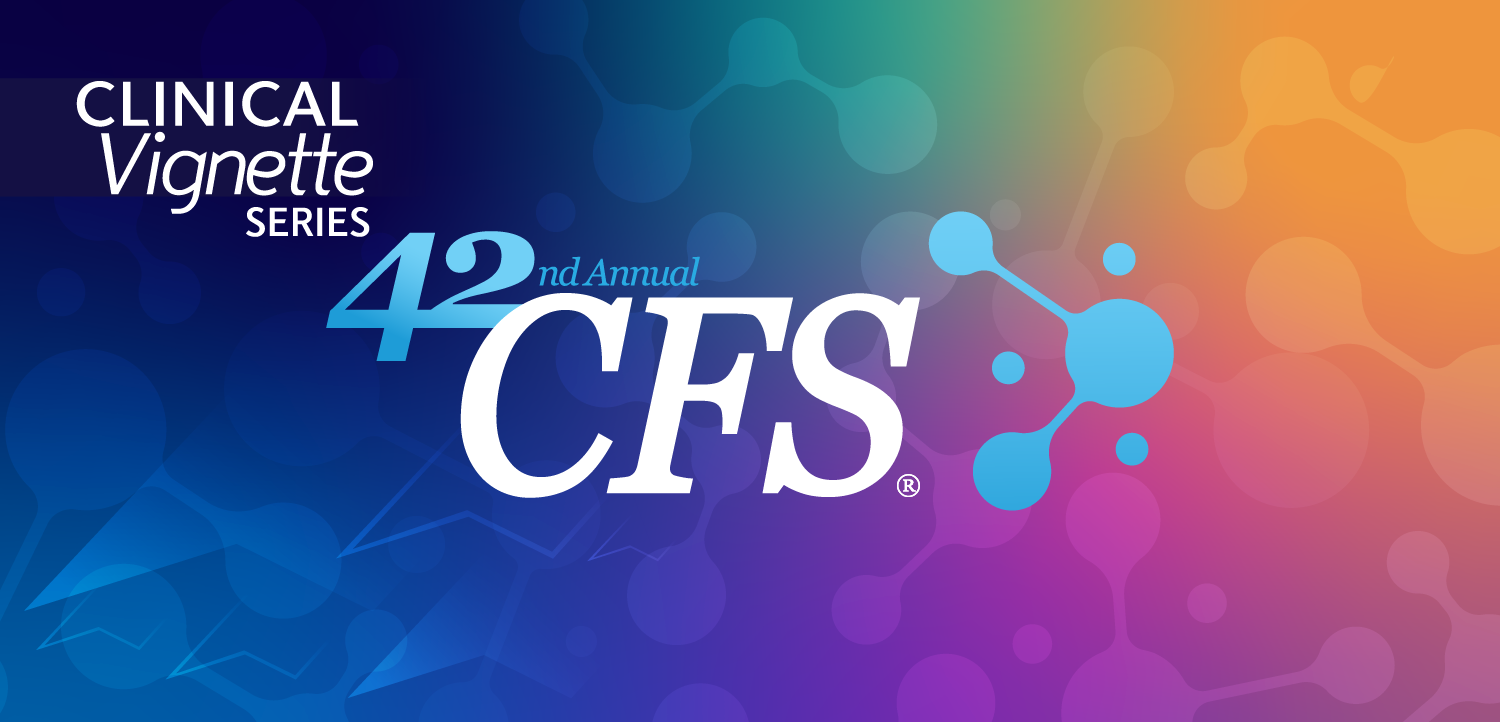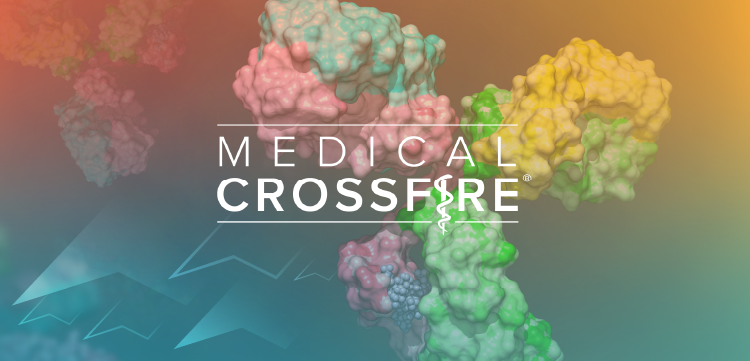
BLOG: Helping consumers use their CDHP effectively
Many consumers still do not understand fundamental insurance concepts
By Robin Gelburd
In the ongoing effort to contain healthcare costs, many employers have begun moving employees to consumer directed health plans (CDHPs). These plans aim to make consumers more aware of the cost of their care by exposing them to the financial implications of treatment decisions.
While the provisions of CDHPs can vary, most include a high deductible and a personal savings account to cover expenses incurred before an employee meets that deductible. Enrollment in CDHPs has grown tremendously in recent years, and these plans now cover about 20% of people with employer-sponsored insurance.
While the growth in CDHPs is well documented, we are still studying the implications of this shift on consumers’ healthcare expenses and care decisions. It is a challenge to promote effective use of CDHPs when many consumers still do not understand fundamental insurance concepts and how those concepts apply to their CDHP.
For example, one
Price transparency
Employees enrolled in CDHPs also need reliable, independent cost information and education on how to apply that information to healthcare decisions. Price transparency
Another important factor to consider when developing or evaluating a tool is the data source that underlies it. Tools that are based on one plan or one employer’s data are useful for employees going in-network; large, independent sources of claims data are key to supporting employee decisions regarding out-of-network care or whether to seek a service that is not covered by a given CDHP.
As the healthcare industry asks consumers to be more aware of costs, we must hold up our end of the bargain by continuing to understand consumers’ decision support needs and developing tools that meet those needs. It is largely this development that will determine whether CDHPs make a meaningful contribution to reducing our nation’s healthcare expenses or become a disappointing attempt to reform our reimbursement system.
Robin Gelburd is the president of
Newsletter
Get the latest industry news, event updates, and more from Managed healthcare Executive.



